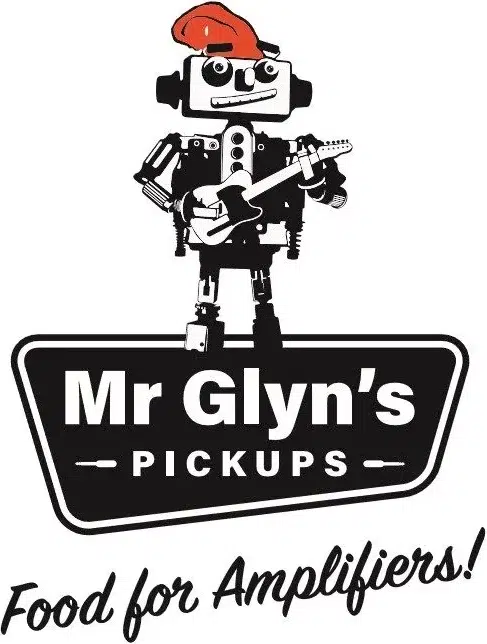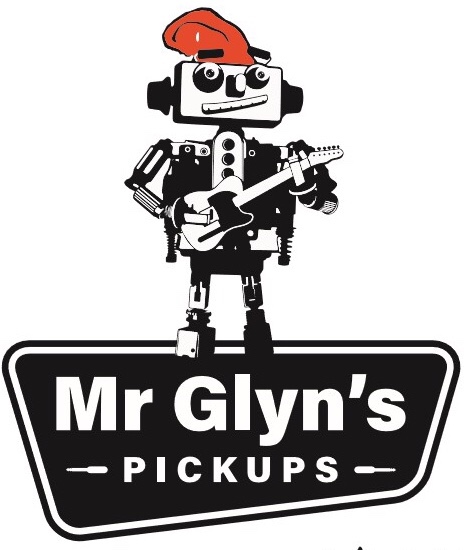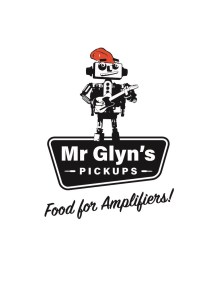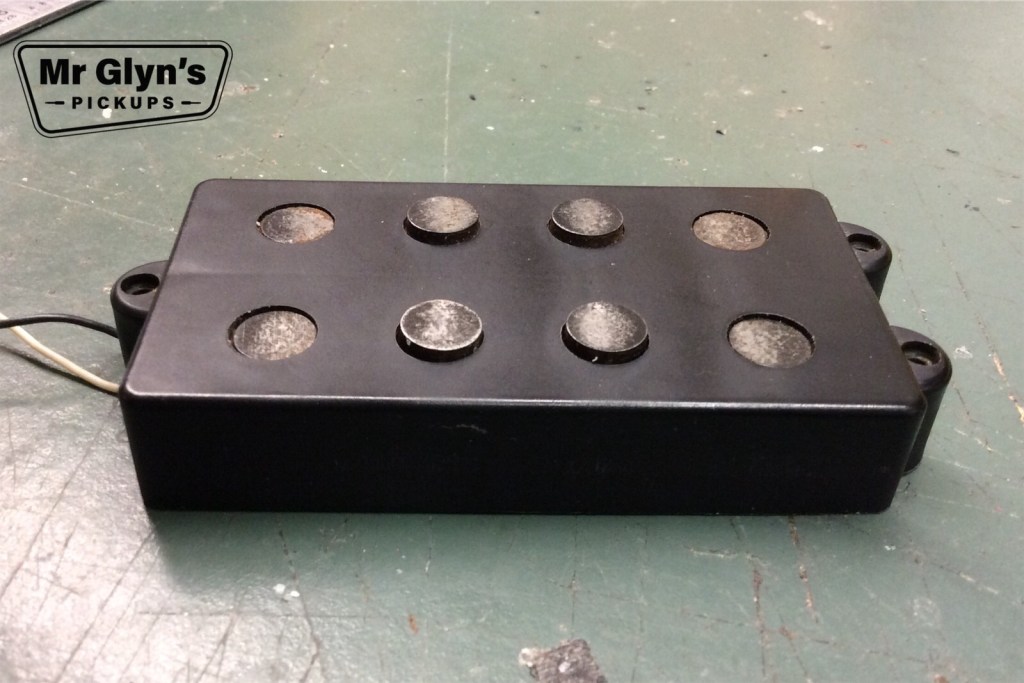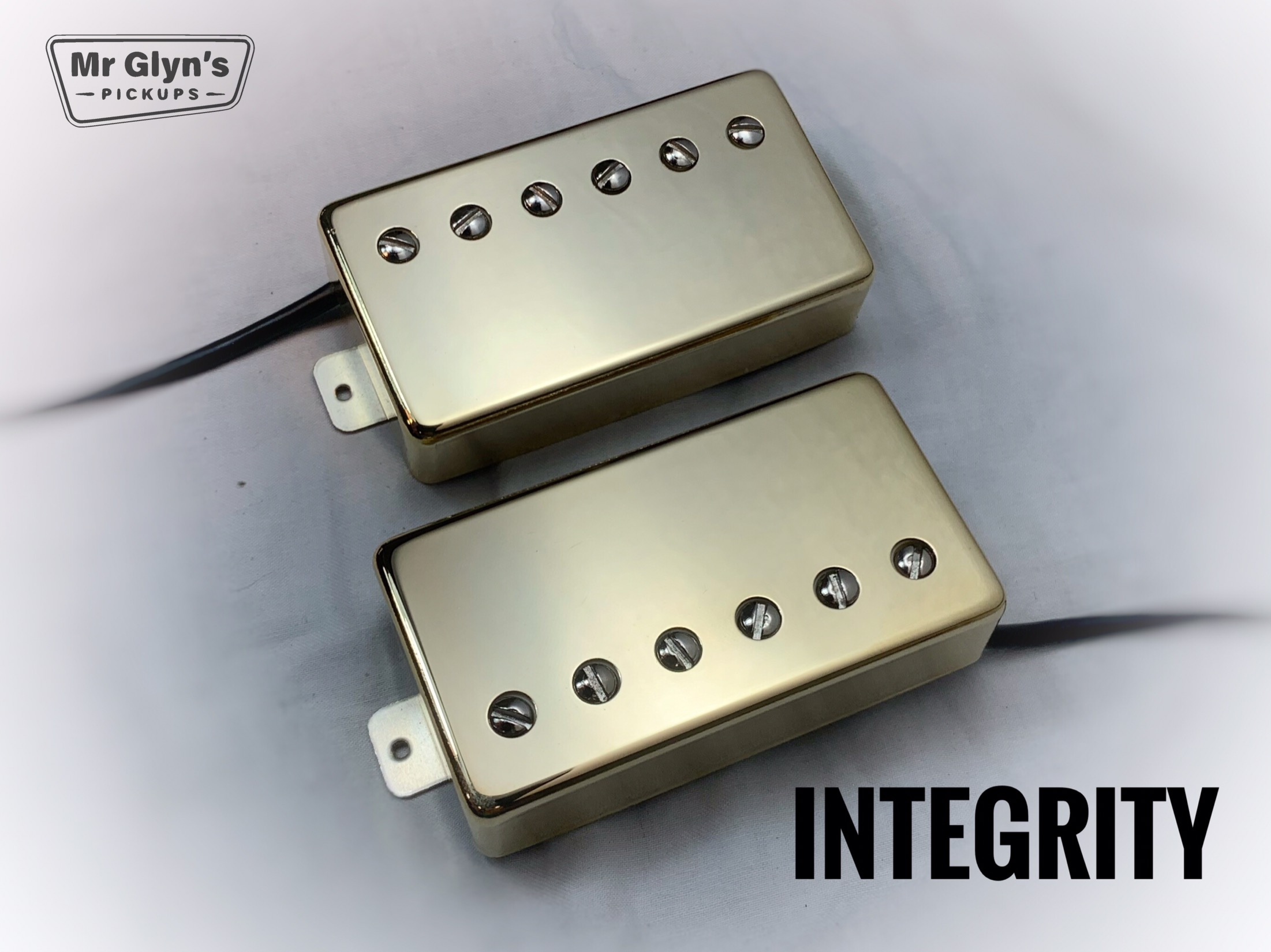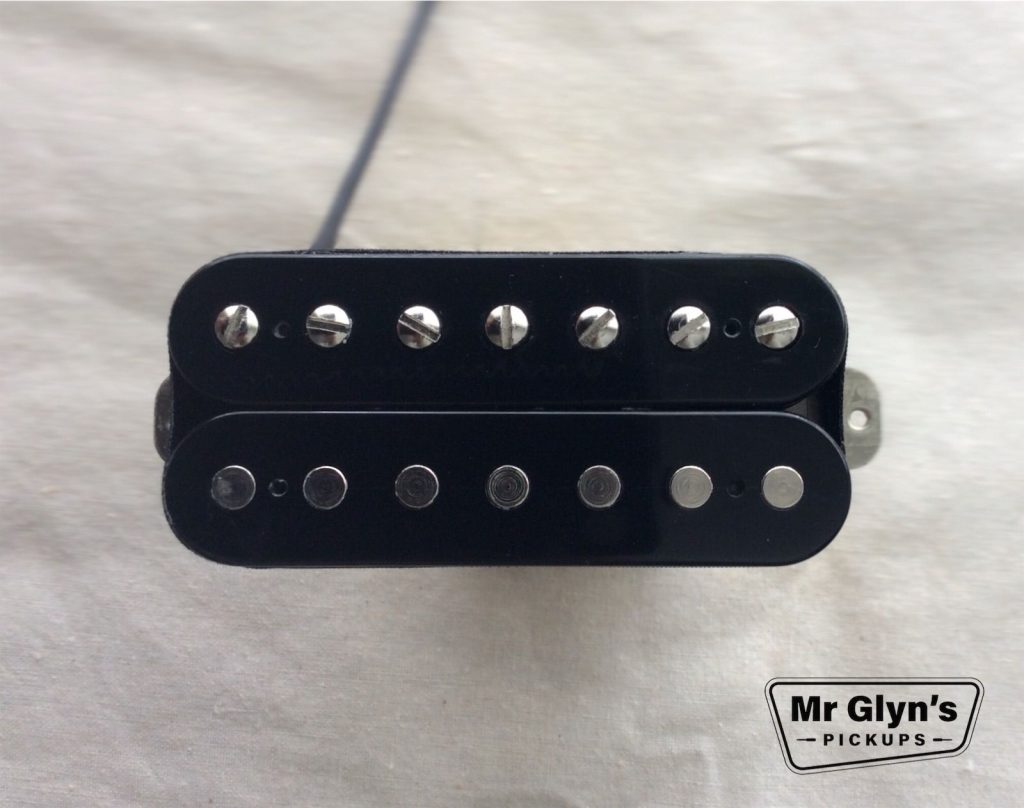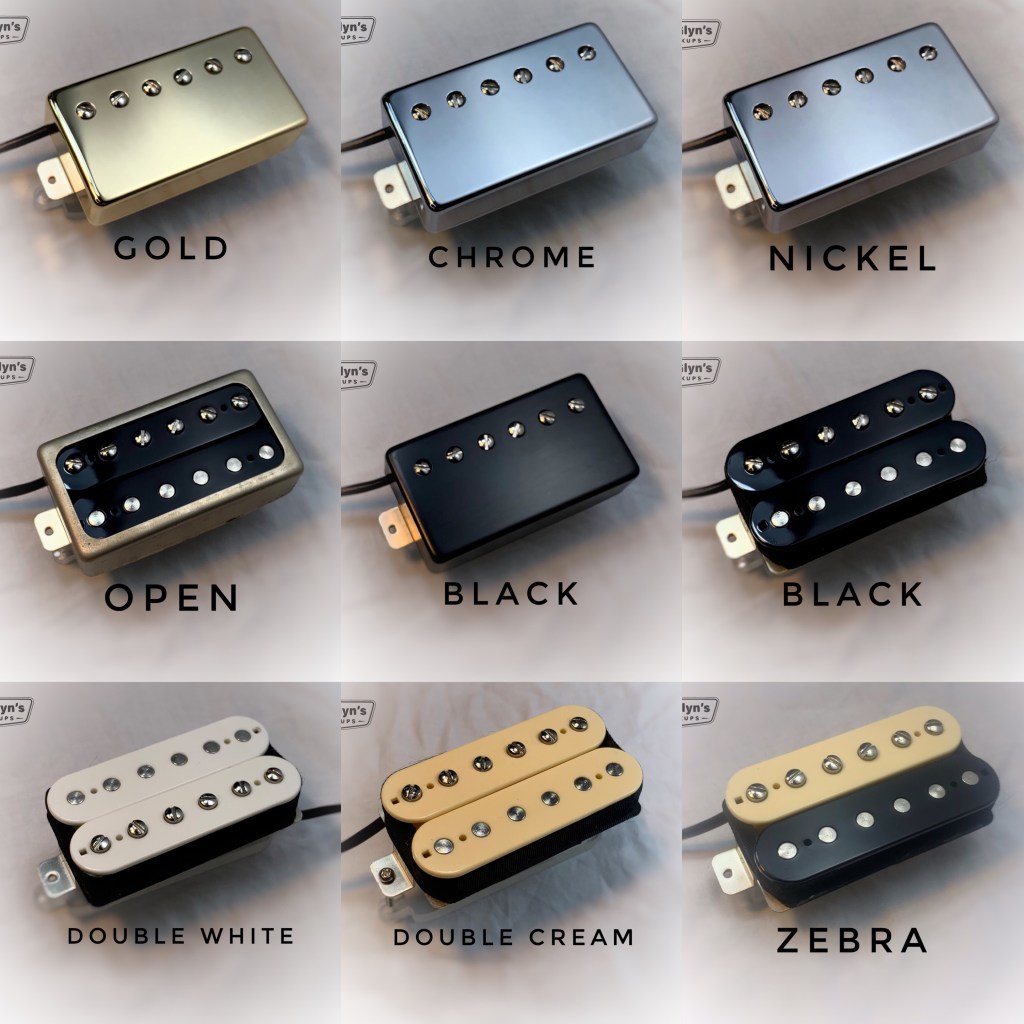Draig doom set NZ$379 for NZ customers, if you’re overseas they’re GST free; NZ$329.56
Draig doom single humbucker bridge NZ$199 for NZ customers, if you’re overseas it’s GST free; NZ$173.04
Bridge covers are $20 for NZ customers, if you’re overseas they’re GST free; NZ$17.39
Draig doom single P90 neck NZ$189 for NZ customers, if you’re overseas it’s GST free; NZ$164.35
Draig doom set specifications: Alnico VI – Bridge 9.18 KOhms, 7.42H, Ceramic 8 – Neck 6.96 KOhms
The Draig doom set is a pickup set designed for all the genres encompassed by Doom Metal. It has strong mids, smooth treble and a bass response immediate enough to cope with low tunings but not the harsh, dry percussive bass needed for extreme metal. It really is all in the bass and mids.
Table of Contents

The Draig is inspired by the sound of Tony Iommi and that heavy riffing guitar tone, mid forward. Iommi’s tone has been in my head since I was a teenager m, I’m delighted to make this pickup available.
Power and Tone
But there’s another factor with this pickup. You’ll notice the Ohms for the bridge are in the 9Krange, lower that you might expect for a powerful humbucker. This is all about increasing the dynamics and reducing compression. When using heavy fuzz, it’s really useful to be able to back off using just playing technique; the Draig is designed to do just that. It’s designed to work along with your fuzz.
The coils are tuned to give the Draig its tonal characteristics with the magnet providing the engine.

Pickups designed to derive most of their power from the strength of the coil, rather than the magnet, sound smooth, even and compressed like my Attitude humbucker. The Draig bridge gets a lot of power from its oversized alnico 6 magnet. This makes the Draig touch sensitive, dynamic and punchy.

So why alnico 6 in the Draig doom bridge humbucker?
Alnico 6 has similar properties to the more familiar alnico 5 but with more mids – it’s all about the mids. As you’d imagine, it has a little more power too.
Draig doom bridge humbucker design
It wasn’t an easy pickup to design. It was designed for low tuning but with more of a Doom vibe in mind. I’ve made pickups before for extreme metal and it a very different approach to the bottom end. With extreme metal the bottom needs to be much drier and more immediate and percussive. With the bass on this one I’ve tried to walk the line between over hard and dry on one side and soggy and undefined on the other.
The choice of magnet was a big part of this. A bigger magnet has a more immediate response than the conventional size and I experimented with a few different types of alnico, finally settling on alnico 6. This oversized alnico 6 magnet gives all the punch and immediacy I wanted but with slightly stronger mids than alnico 5. Being an unusual size and material, I get these magnets manufactured specifically for this bridge pickup.
Like with many pickups to focus on the winding alone is telling only a small part of the story. The winding is 9.18K Ohms which might seem small but it’s all about balancing the mids. That oversized alnico 6 magnet is where the power comes from. The blade pole pushes more of that magnetic energy to the side of the pickup furthest away from the bridge, lessening the ‘pingy’ high end. It’s all about balancing the tone and emphasising the mids.

I made a short video explaining the thought behind the Draig pickup and how it works:
Test, tweak and test – Draig doom set
I rigorously test all my pickups in various situations, different amps, pedals and always next to a drummer. For the Draig I asked Timmy Smalls in Australia for his opinion on the Draig bridge humbucker. He has a great Instagram channel and makes fantastic demo videos. Always good to have a second opinion you can trust.
There are always changes along the way; this video is from when the Draig had an alnico 5 magnet.
Draig neck – humbucker size P90
With the success of the Draig bridge pickup I was asked by a few players about a matching neck pickup to complete the Draig doom set.
It was an interesting challenge. I wanted the neck to have a similar ‘mids forward’ character to the bridge pickup. It needed a smooth lead tone but a lot of clarity when playing chords. It needed to hit a fuzz pedal with just the right amount of power so as not to make the sound into an undefined mush. And it needed to be a good match for the bridge pickup.
I decided upon a humbucker size P90.
P90’s have a very different magnetic field to humbuckers with woody mids and less of a lower midrange push. It’s those lower mids that can create a mush.
After a lot of experimenting I landed on a combination of winds and magnet that did what I want.
I used a pair of undersized ceramic magnets that I have specially made for me. Ceramic has a drier tone than alnico which helps with the clarity and I designed the coil windings to compensate for the ceramic’s reduced mid range.
After some tweaking and, as ever, playing the pickup set alongside a drummer and bass player I was happy.
The Draig neck pickup has a different look to the bridge but I think they compliment each other well.
The name – “Draig”
So why call it ‘Draig’? Well, the word Draig means dragon in Welsh and although I’ve lived in New Zealand since ’05 I was born and grew up in Wales.

Enjoy this? You may also like…



updated 26 June 2023
Draig doom humbucker
